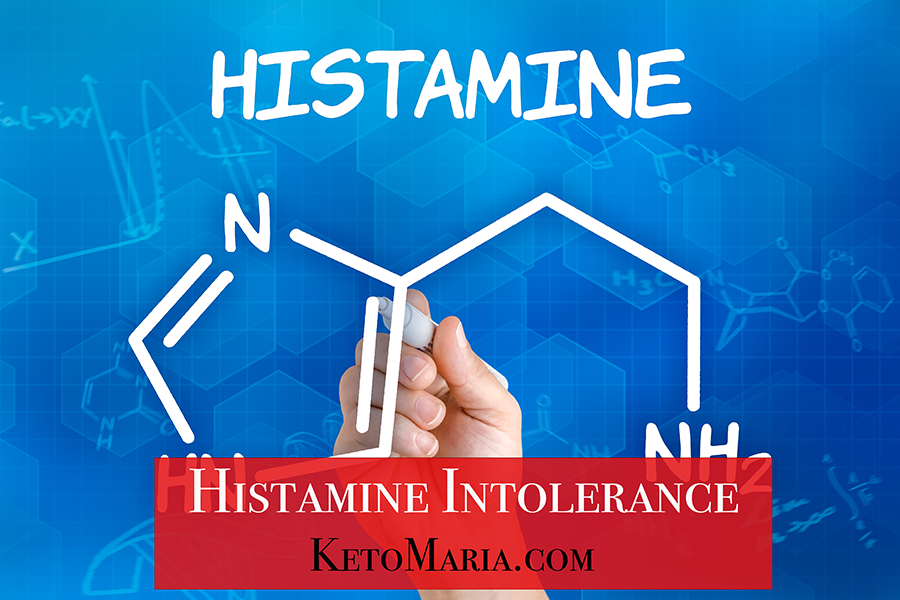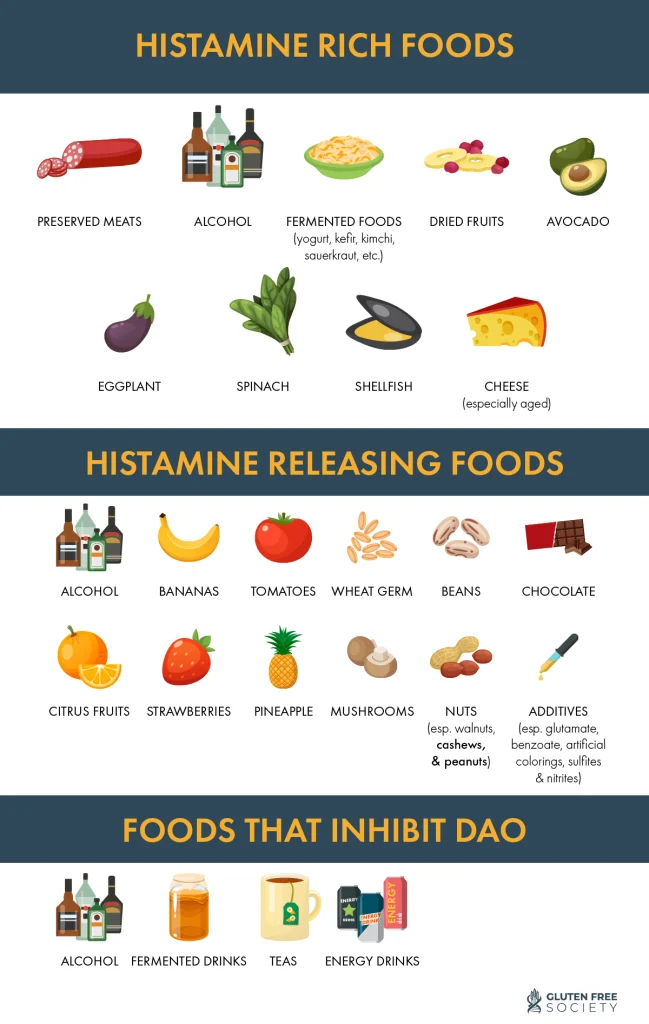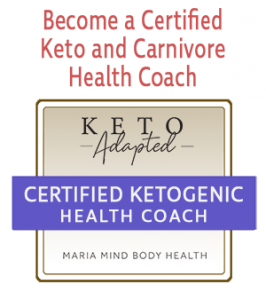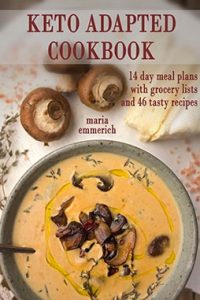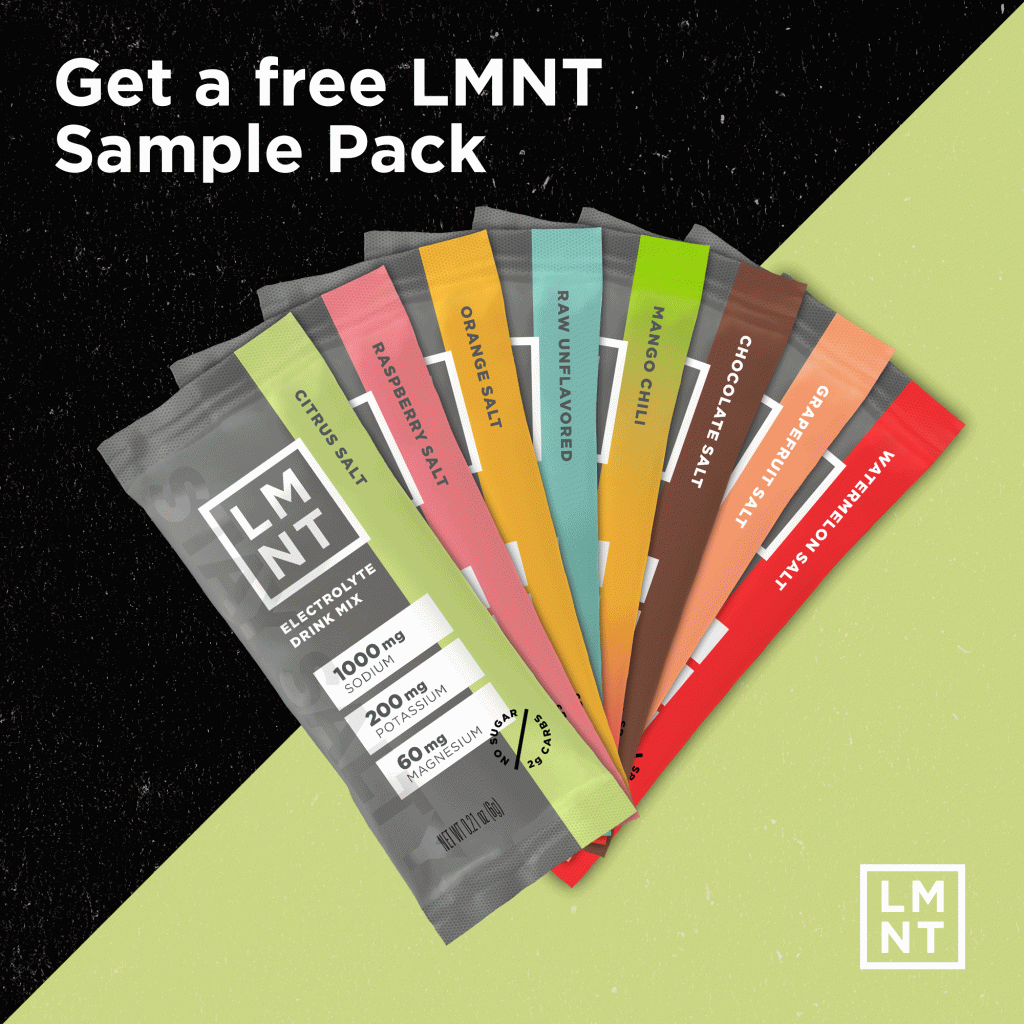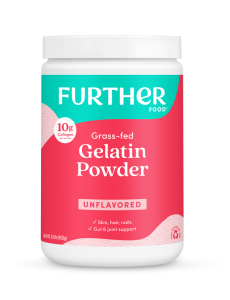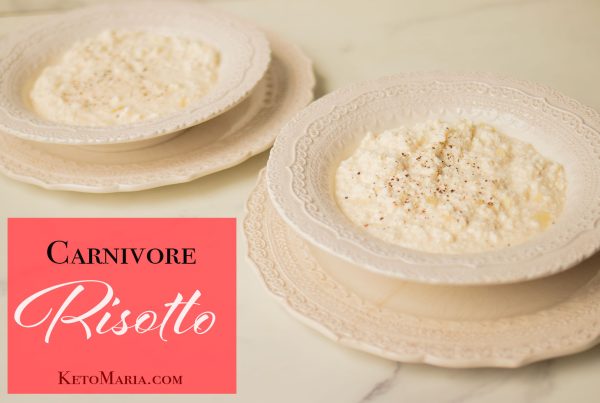Histamine Intolerance
Understanding Histamine Intolerance: What It Is, What to Avoid, and How to Support Your Body Naturally
If you’ve ever experienced random headaches, flushing, digestive issues, or hives after eating certain foods, you might have brushed it off as an allergy or just “something you ate.” But there’s another possible culprit behind those symptoms — histamine intolerance.
What Is Histamine Intolerance?
Histamine is a natural compound found in your body and in certain foods. It plays an important role in immune function, digestion, and even your sleep-wake cycle. Normally, your body breaks down histamine efficiently using enzymes like DAO (diamine oxidase) and HNMT (histamine-N-methyltransferase).
However, when your body produces or consumes more histamine than it can break down, levels can build up — leading to what’s known as histamine intolerance. It’s not a true allergy, but the symptoms can certainly feel like one.
Common Symptoms of Histamine Intolerance
-
Headaches or migraines
-
Skin flushing or hives
-
Nasal congestion or sneezing
-
Digestive discomfort (bloating, diarrhea, or cramping)
-
Irregular heart rate or low blood pressure
-
Anxiety or dizziness after meals
- Depression
Because these symptoms overlap with other issues, histamine intolerance is often under diagnosed. But identifying trigger foods and supporting your body’s ability to process histamine can make a world of difference.
Foods High in Histamine (to Limit or Avoid)
Certain foods naturally contain high amounts of histamine, while others can trigger your body to release more of it. Here are some of the most common offenders:
High-histamine foods:
-
Aged cheeses (like parmesan, gouda, cheddar)
-
Fermented foods (sauerkraut, kimchi, kombucha, soy sauce, vinegar)
-
Processed or cured meats (salami, bacon, pepperoni)
-
Alcoholic beverages (especially red wine and beer)
-
Smoked fish and shellfish
-
Dried fruits (apricots, raisins, dates)
-
Spinach, tomatoes, and eggplant
Histamine-releasing foods:
-
Citrus fruits (especially oranges, lemons, and limes)
-
Strawberries
-
Nuts (especially walnuts, cashews, and peanuts)
-
Chocolate
-
Food additives and artificial dyes
- LEFTOVERS! Do not consume leftovers that have sat in the fridge
Not everyone reacts to all of these — histamine sensitivity can vary from person to person. The best approach is to experiment with reducing these foods and paying attention to how your body responds.
Supporting Your Body’s Histamine Breakdown Naturally
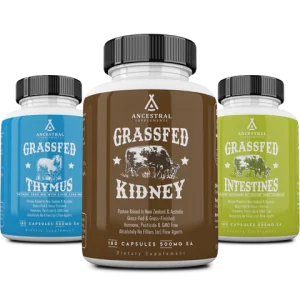 In addition to avoiding high histamine and histamine-releasing foods, adding certain supplements can help your body metabolize histamine more efficiently or calm the immune response.
In addition to avoiding high histamine and histamine-releasing foods, adding certain supplements can help your body metabolize histamine more efficiently or calm the immune response.
💊 Histamine Supplements
-
DAO Enzyme Supplements: Help your body break down histamine from foods before it causes symptoms.
-
Vitamin C: A natural antihistamine that helps degrade histamine in the body.
-
Quercetin: A powerful plant flavonoid that stabilizes mast cells and reduces histamine release.
-
Magnesium: Supports enzyme activity and helps calm the nervous system.
-
Probiotics (carefully chosen): Some strains like Lactobacillus rhamnosus GG may help, while others can worsen symptoms — choose wisely!
Lifestyle Tips for Managing Histamine Intolerance
-
Eat fresh foods — histamine levels increase in leftovers and aged products.
-
Manage stress, since cortisol and histamine are closely linked.
-
Get good sleep, which helps regulate immune and inflammatory responses.
-
Track symptoms in a food journal to spot hidden triggers.
The Bottom Line
Histamine intolerance doesn’t mean you have to give up your favorite foods forever — it’s about understanding your body’s limits and supporting its ability to maintain balance. By making mindful dietary choices and adding in the right support, you can calm your system, reduce symptoms, and feel like yourself again.

